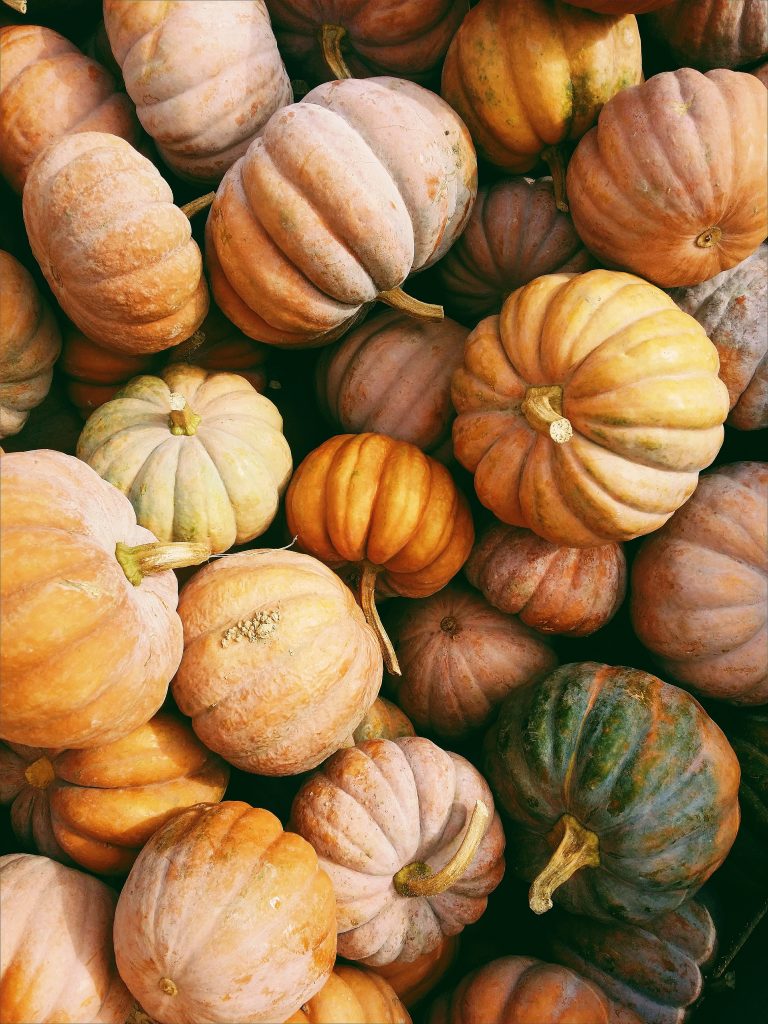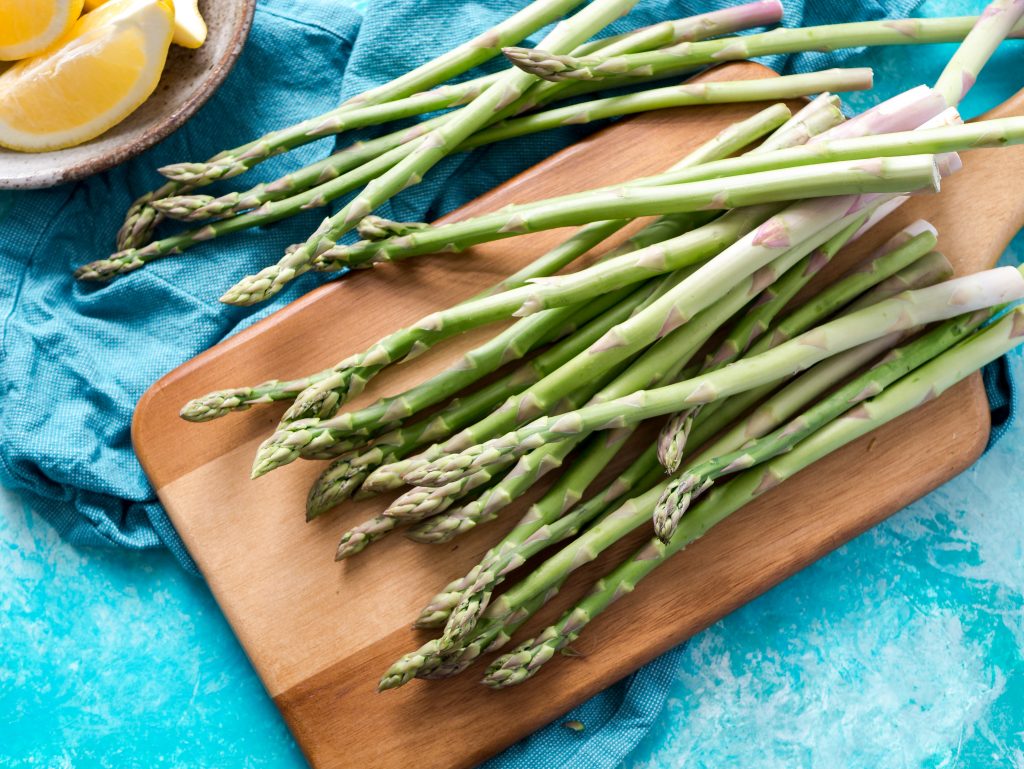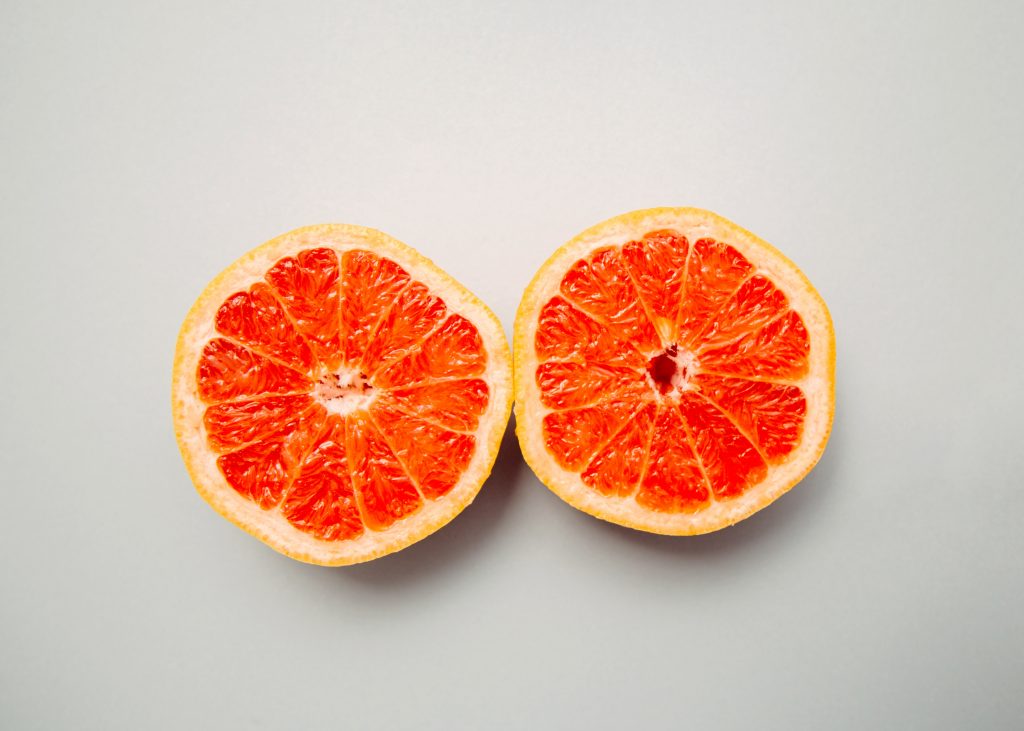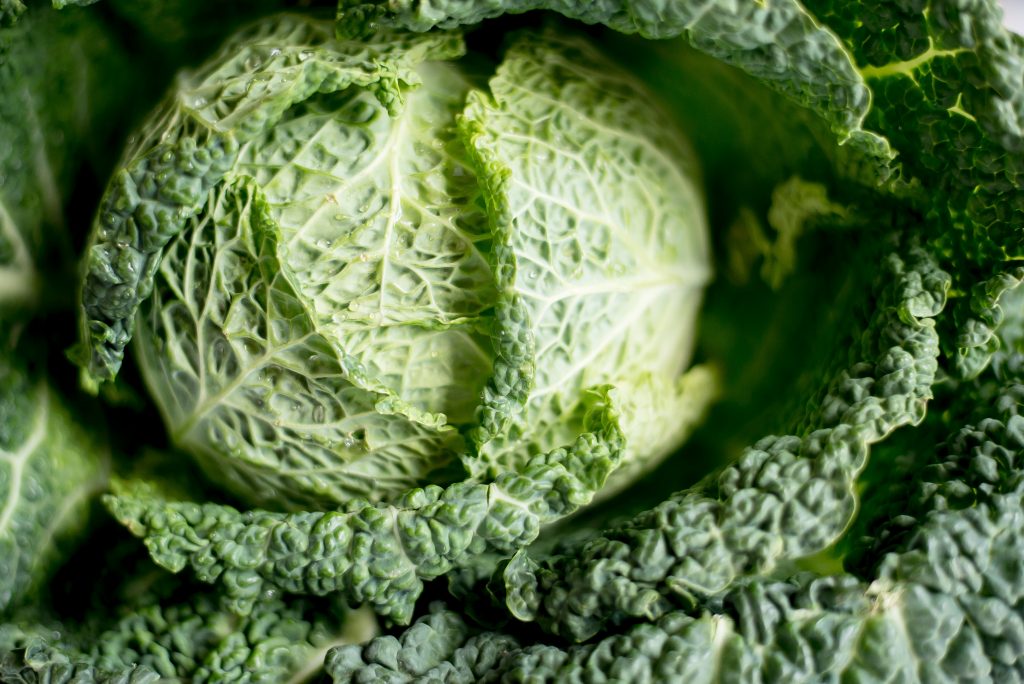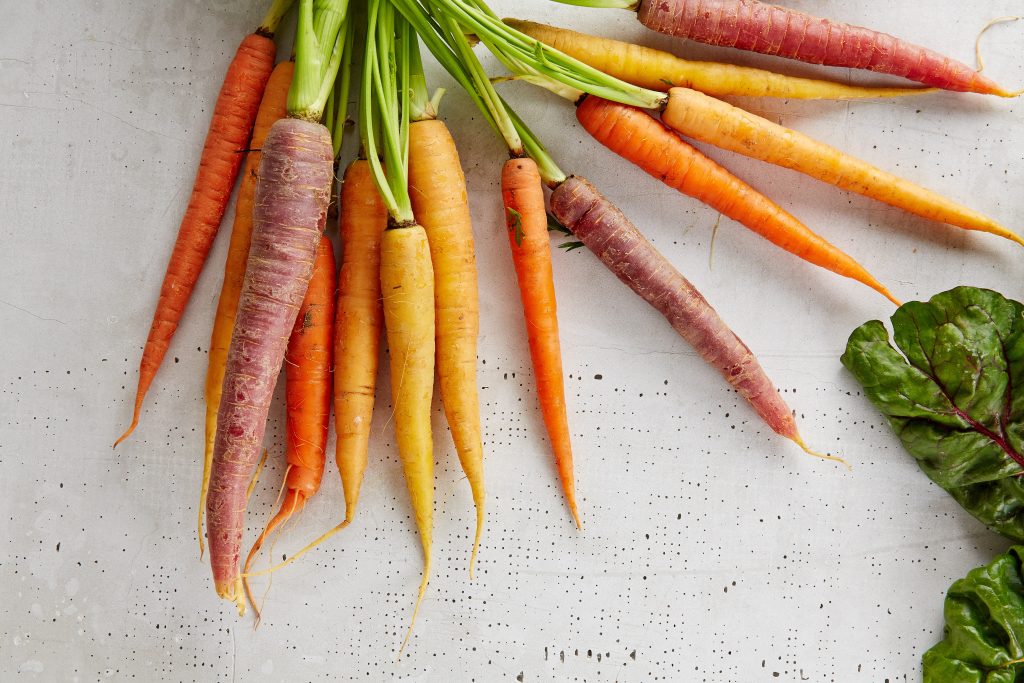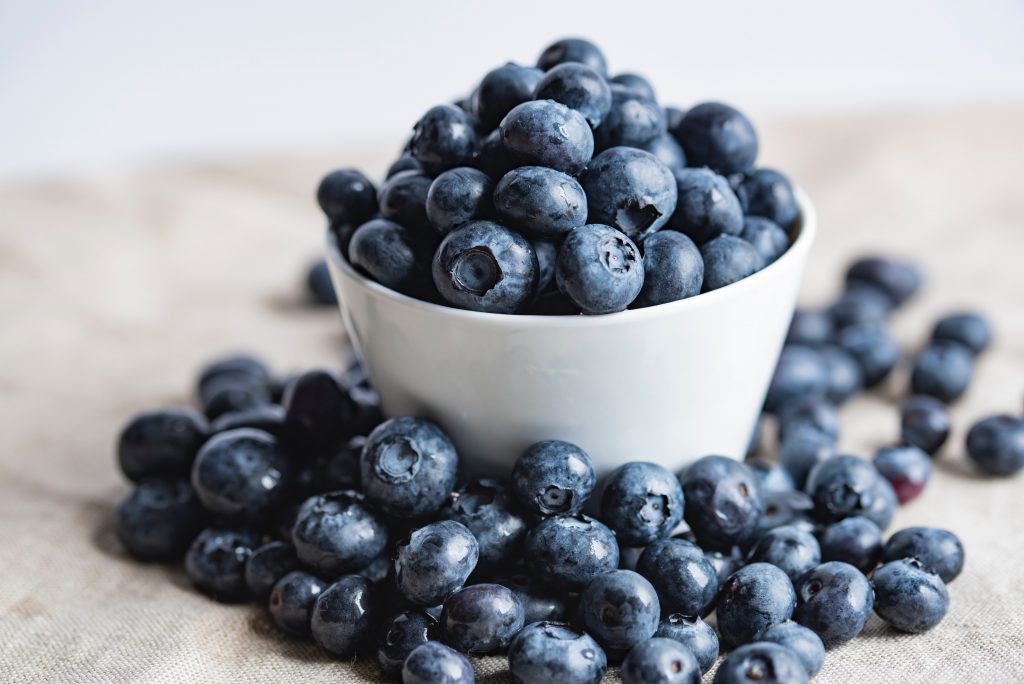Nutrients in Food – Micronutrients
Minerals
Minerals are divided into two groups: macro minerals (calcium, sodium, magnesium and potassium) required in amounts greater than 100 mg a day, and essential trace minerals (iron, zinc, copper, iodine, selenium, and molybdenum), needed less than 100 mg a day.
A balanced diet is the only safe way of including minerals in the amounts necessary to maintain health. Here we cover iron and zinc elements.
Iron
Iron is a metal, existing in several oxidation states, although the only stable forms in the aqueous environment of the body and in food are the ferric (Fe3+) and the ferrous (Fe2+) ones. These two dietary iron forms are called non-heme iron, found mostly in plant food as well as in animal food, and heme-iron, derived mainly from hemoglobin and myoglobin, found in animal products. The latter is absorbed at a higher rate than non-heme iron, which absorption can be increased by consuming plant products together with vitamin C-rich foods. Iron absorption may be diminuished in the presence of phytates, tannic acids from tea, calcium in dairy, fibre, polyphenols in coffee and cocoa, and certain spices (eg, turmeric, coriander, chilies). Iron deficiency remains one of the most common and widespread nutritional deficiencies, especially anemia, which is a lack of hemoglobin. Iron is found as myoglobin in muscles as well, and it is part of enzymes, although its principal role is to deliver oxygen to body tissues.
Foods high in iron are liver and other animal organs, red meats, oysters and clams, eggs, poultry, beans, dark green leafy vegetables, dried fruits, blackstrap molasses, nuts, whole grains, dark chocolate, tahini, dried tomatoes, pumpkin, sunflower and hemp seeds.
Zinc
Zinc is a metal which is almost universally found as a divalent ion (Zn2+). Zinc is a cofactor for more than 300 enzymes and supports growth, immune functions, wound healing, healthy skin and hair, synthesis of protein and DNA. Because of the presence of dietary phytates or strong heating, bioavailability of zinc from plants is lower than from animal products, but nutritional strategies such as soaking, sprouting, fermenting will improve its absorption. In order to meet the RDA, daily include in your diet legumes, cashews and other nuts, seeds, soy products, whole grains. Zinc is also present in animal food, such as red meats (especially organ meats) and seafood (especially oysters and mollusks), poultry, pork, fish, eggs and dairy products.
——————–
Vitamins
According to solubility, vitamins are grouped in fat-soluble, A, D, E, and K, and water-soluble, B complex and C. Vitamins are organic (carbon-containing) compounds that are essential in small amounts for body processes. They are necessary to our body for using the energy provided by carbohydrates, fats, and proteins. Here we cover vitamin A, C and B complex vitamin B9 (folate).
Vitamin A

Vitamin A is essential for growth, reproduction, vision, bone development, and immune system activity. It consists of two dietary forms: preformed vitamin A, called retinol, and carotenoids, found in plants. Beta-carotene is efficiently converted to retinol.
Common dietary carotenoids include ábeta-carotene, lycopene, lutein, and zeaxanthin, which can be found in yellow, orange, and brightly red fruits and vegetables such as carrots, watermelon, papayas, tomatoes, pink grapefruit, and pumpkins. Even some green vegetables (broccoli, peas, pepper, spinach) contain some carotenoids, although their pigment is masked by chlorophyll. Similarly, corn, potatoes, eggs, beets, kiwi fruit, and eggs provide some carotenoids (lutein).
Retinol is found in fat-containing animal foods such as liver, butter, cream, whole milk, whole-milk cheeses, egg yolk, fish such as sardines, herring, as well as cod liver oil.
Vitamin C
Vitamin C is an essential six-carbon compound which human being is unable to synthesize. Also known as ascorbic acid or ascorbate, when lacking, scurvy occurs. It has antioxidant properties, it is important in the formation of collagen, for the absorption of iron (receiving the “iron enhancer” role), reducing cancer risk by reducing nitrites in foods, and it is also required for all cell metabolism. It is easily destroyed by heat/cooking, air, and boiling.
Good sources of vitamin C include asparagus, melon, cauliflower, broccoli, tomatoes, potatoes, peppers, grapefruit, kale, lemons, papaya, oranges, kiwi, and strawberries.
Folate (Vitamin B9)
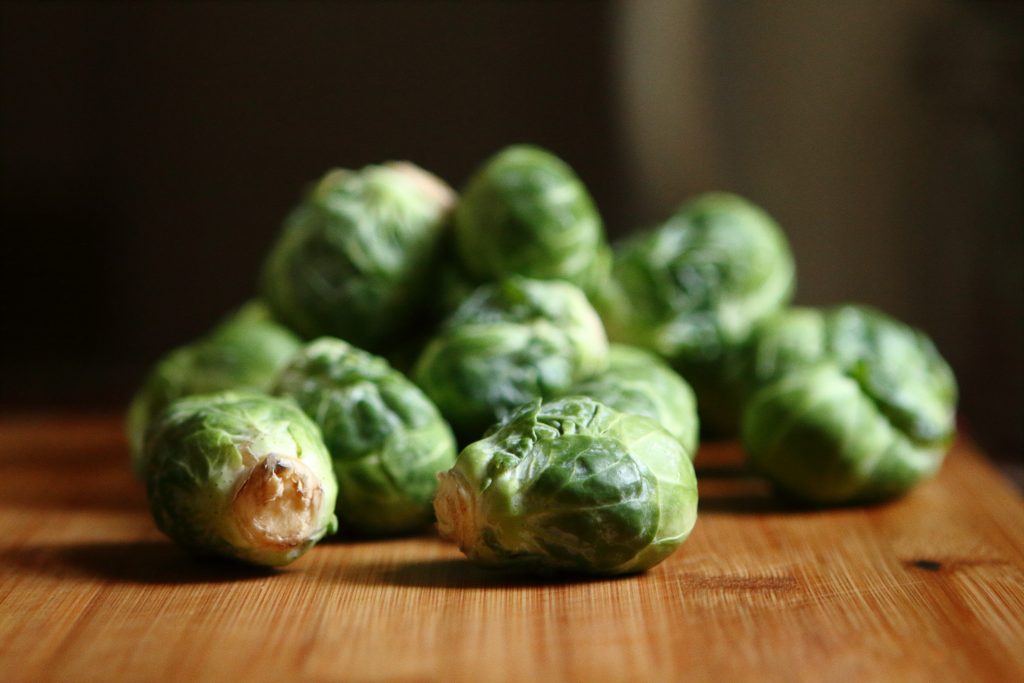
Folate refers to the reduced form of the vitamin B9, found naturally in foods and in biological tissues, while folic acid refers to the the oxidized form of the vitamin, commonly found in supplements.
Folate is needed for protein metabolism, formation of hemoglobin, and DNA synthesis.
Good food sources of folate include green vegetables such as spinach, brussels sprouts, broccoli, asparagus, salads, turnip greens, as well as mushrooms, peanuts, legumes, lentils, strawberries and oranges, meat and eggs. Folate in milk has higher bioavailability because of a bound to a special protein. Raw foods typically are higher in folate than cooked foods because folate is heat-labile.
——————–
Fibre and Phytochemicals
Fibres are divided in soluble (b-glucans, arabinoxylans, pectins) and insoluble (xylans, cellulose, lignin). Dietary fibre also includes that fraction of starch not digested, called resistant starch. Fibres promote beneficial physiological effects including increased transit time, blood cholesterol and glucose modulation, positive colon bacterial selection. The colon fermentation of fibre and resistant starch produces short chain fatty acids (SCFAs) by intestinal bacteria (microbiota) activity. SCFAs and healthy microbiota bring several advantages to our body: modulate bowel inflammation, promote healthy immune response, limits pathogenic bacteria access through the gut epithelium, induce production of mucus by gut epithelial cells and promote tissue repair.
Phytochemicals are a vast class of thousands of compounds, only found in plants. They work in our bodies as antinflammatory, antioxidant, anticancer and they are classified in three wide groups: glucosinolates (cabbage, kale, mustard, and so on), carotenoids (tomatoes, pumpkin, mango, carrots, and so on), and polyphenols (olives, berries, soy, flaxseeds, and so on). Their content is higher if plants are grown organically, as phytochemicals are produced by the plants for their own defence.
Check out the following posts on food families and macronutrients in food!
Wanna see how much you have learned about food families and nutrients? Let’s do the quiz here!

